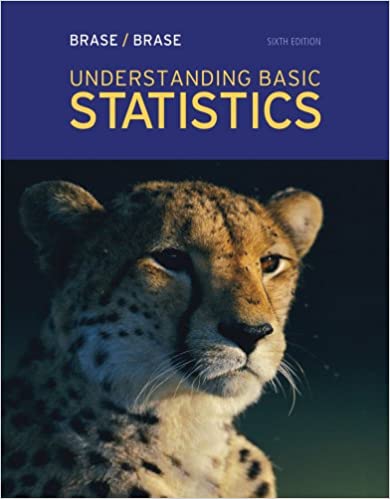
Understanding Basic Statistics 6th Edition by Charles Henry Brase,Corrinne Pellillo Brase
Edition 6ISBN: 978-1111827021
Understanding Basic Statistics 6th Edition by Charles Henry Brase,Corrinne Pellillo Brase
Edition 6ISBN: 978-1111827021 Exercise 81
Survey: Medical Tests Diagnostic tests of medical conditions can have several types of results. The test result can be positive or negative, whether or not a patient has the condition. A positive test (+) indicates that the patient has the condition. A negative test () indicates that the patient does not have the condition. Remember, a positive test does not prove the patient has the condition. Additional medical work may be required. Consider a random sample of 200 patients, some of whom have a medical condition and some of whom do not. Results of a new diagnostic test for the condition are shown.

Assume the sample is representative of the entire population. For a person selected at random, compute the following probabilities. (Enter your answers as fractions.)
(a) P (+ | condition present); this is known as the sensitivity of a test.
(b) P ( | condition present); this is known as the false-negative rate.
(c) P ( | condition absent); this is known as th specificity of a test.
(d) P (+ | condition absent); this is known as the false-positive rate.
(e) P (condition present and + ); this is the predictive value of the test.
(f) P (condition present and ).

Assume the sample is representative of the entire population. For a person selected at random, compute the following probabilities. (Enter your answers as fractions.)
(a) P (+ | condition present); this is known as the sensitivity of a test.
(b) P ( | condition present); this is known as the false-negative rate.
(c) P ( | condition absent); this is known as th specificity of a test.
(d) P (+ | condition absent); this is known as the false-positive rate.
(e) P (condition present and + ); this is the predictive value of the test.
(f) P (condition present and ).
Explanation
If A and B are any two events,
P [A and ...
Understanding Basic Statistics 6th Edition by Charles Henry Brase,Corrinne Pellillo Brase
Why don’t you like this exercise?
Other Minimum 8 character and maximum 255 character
Character 255


